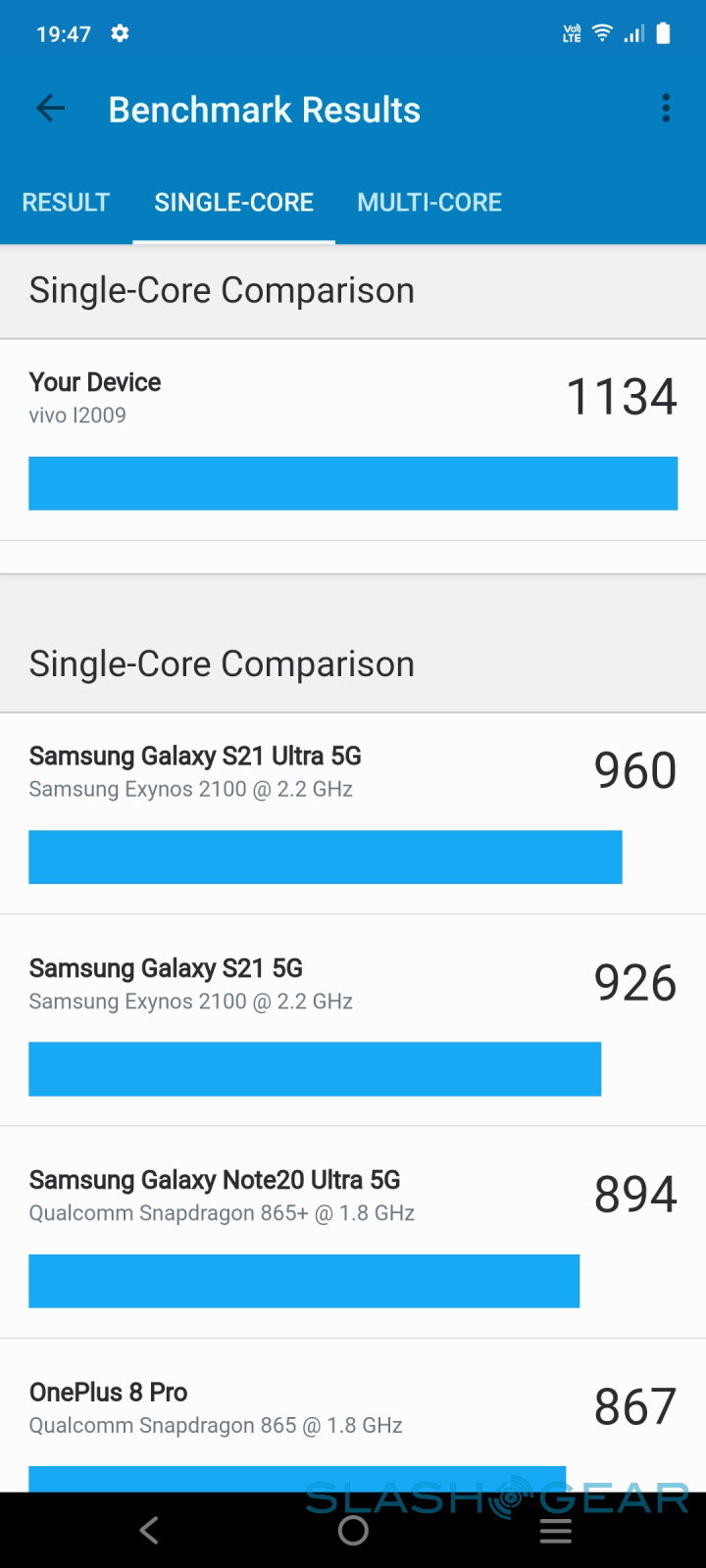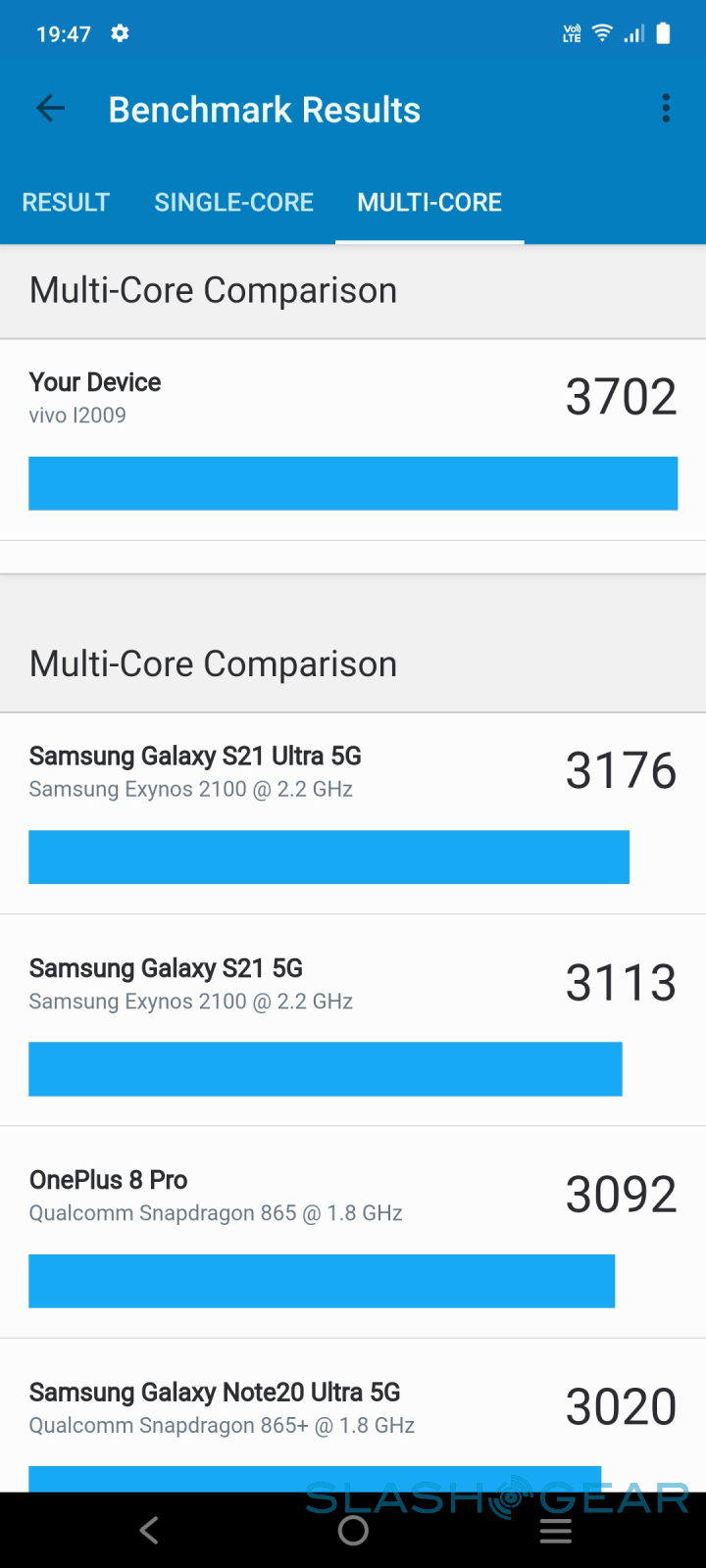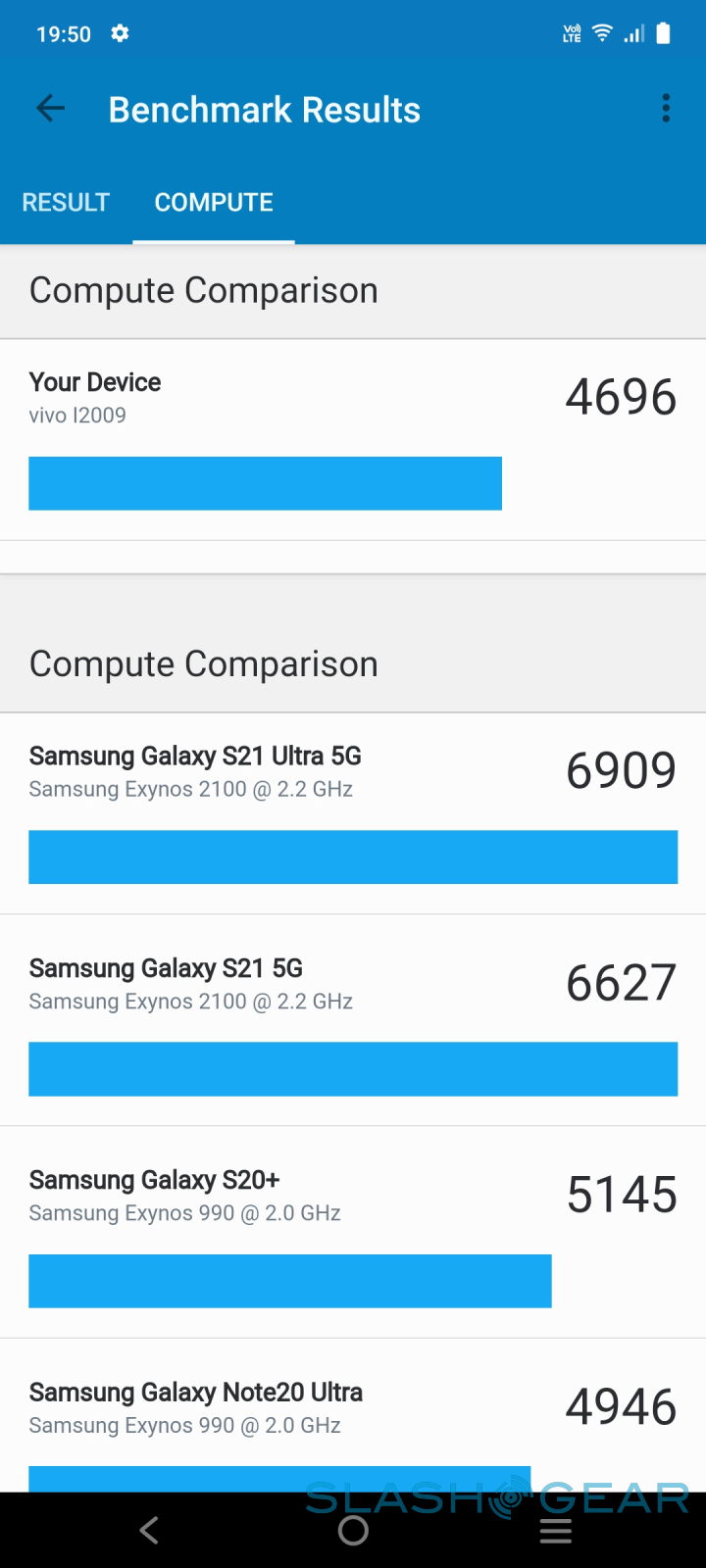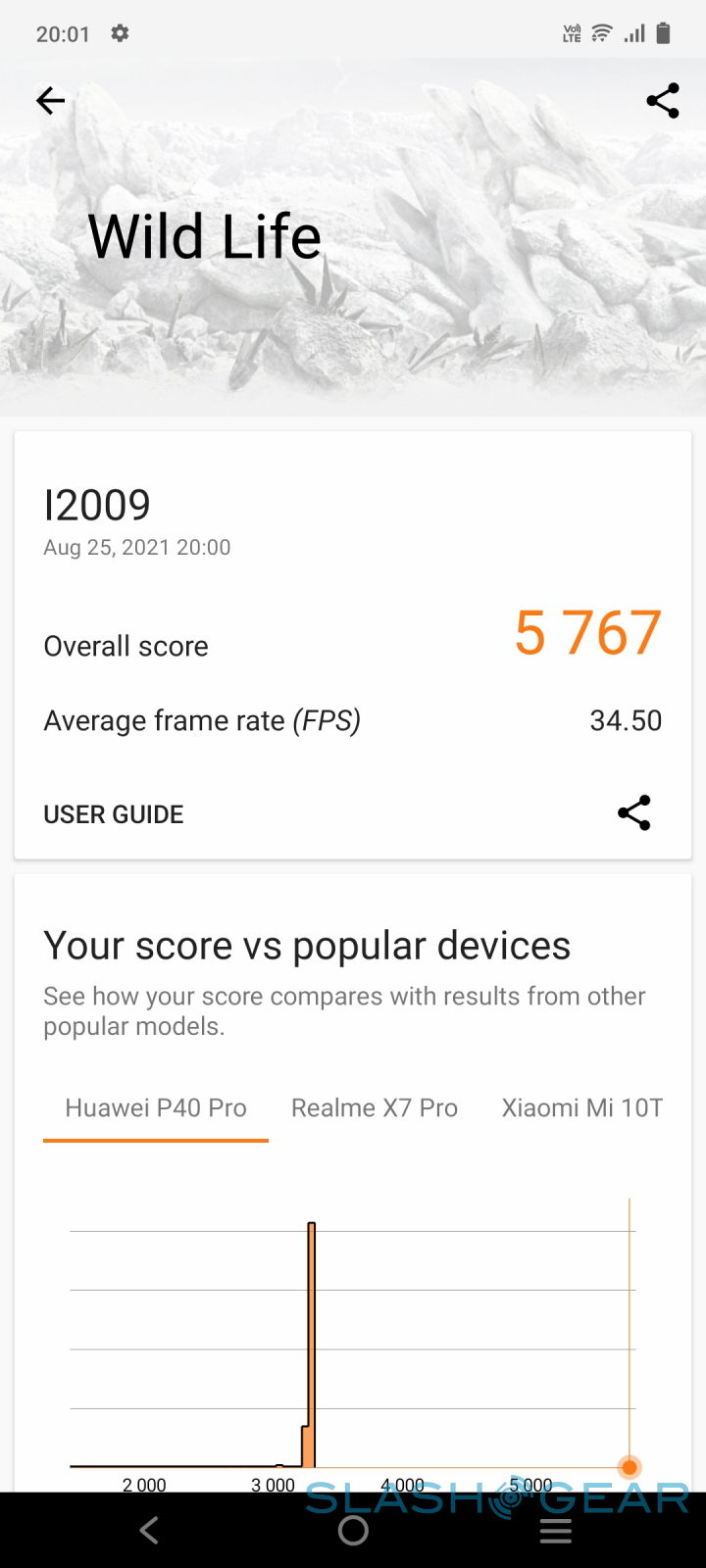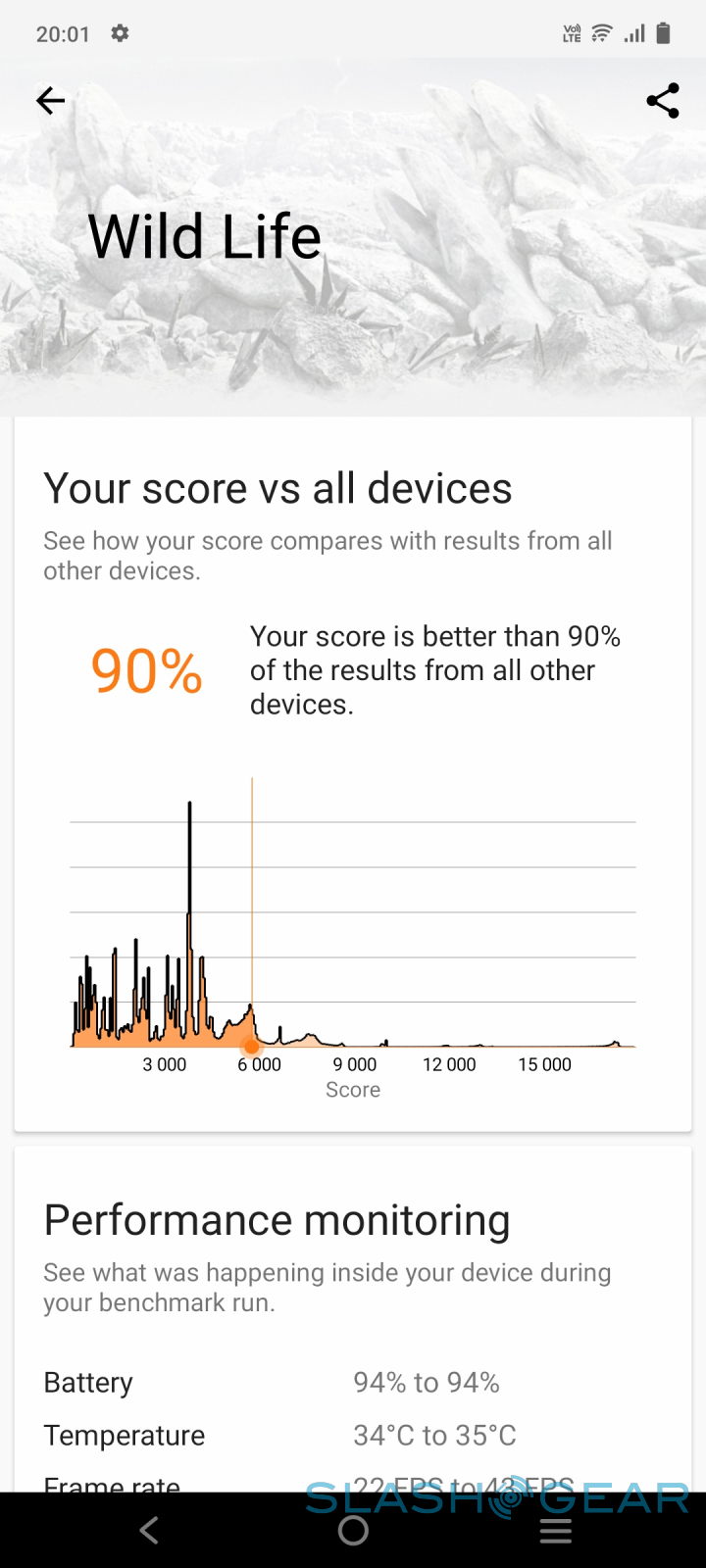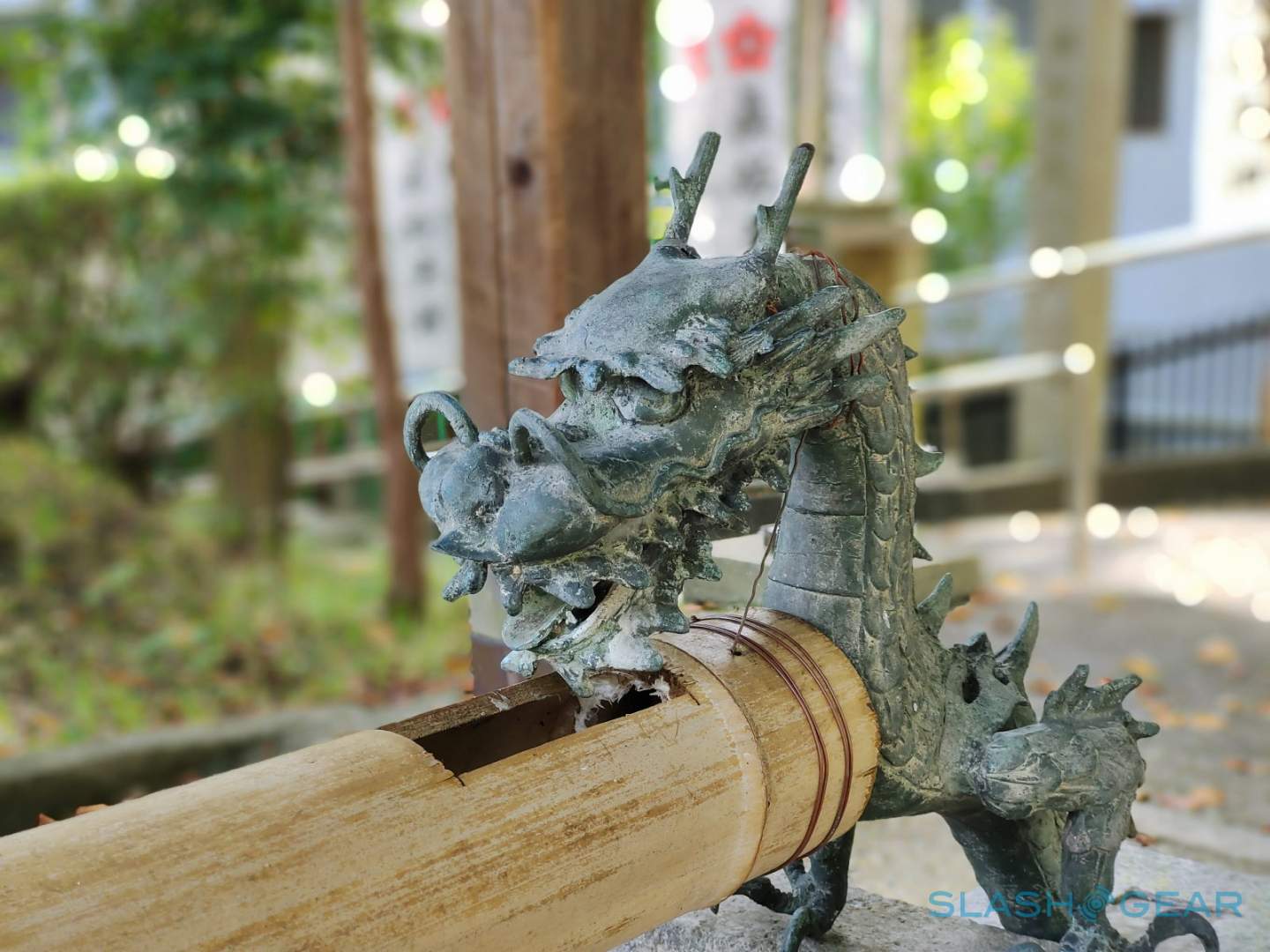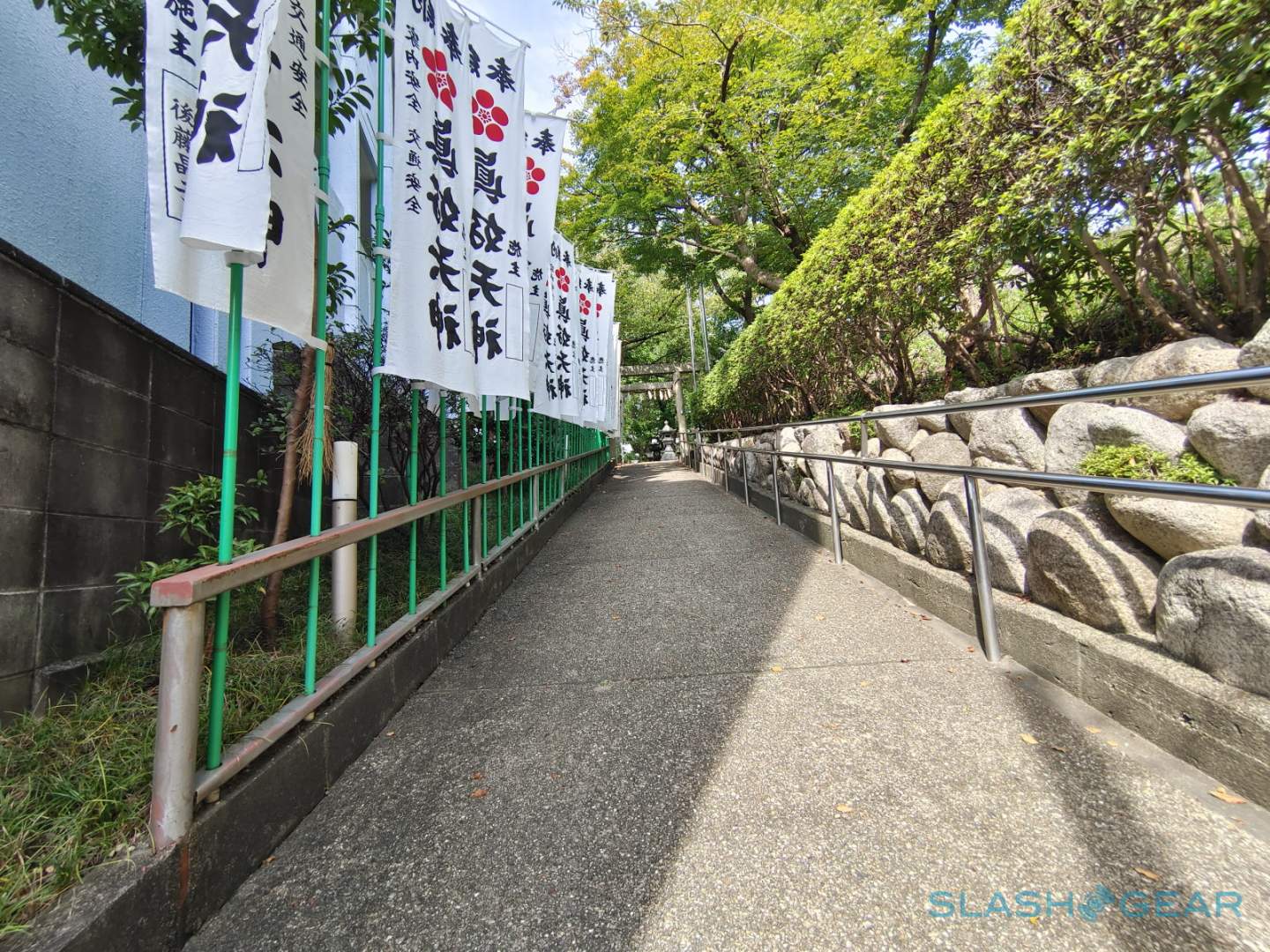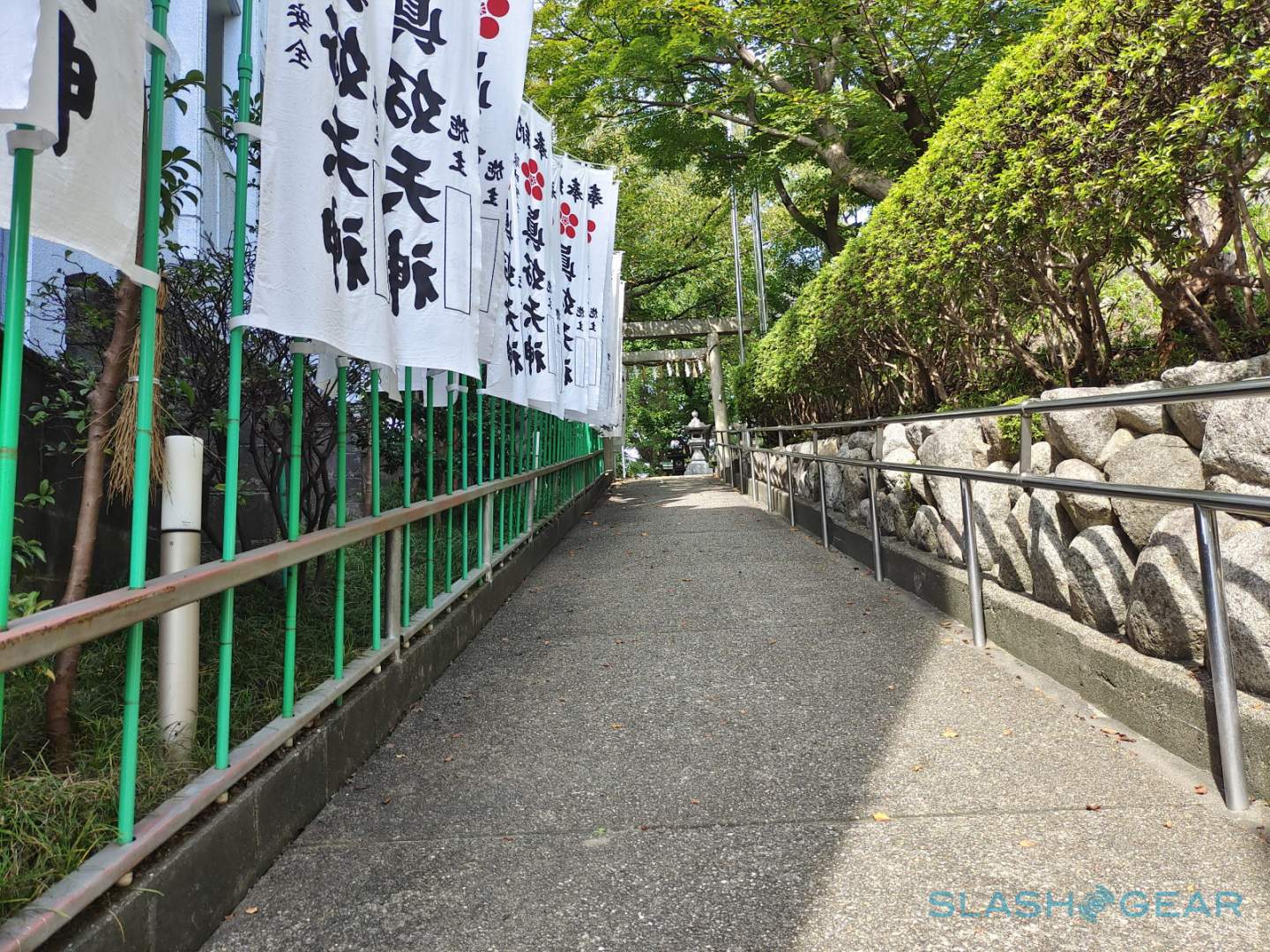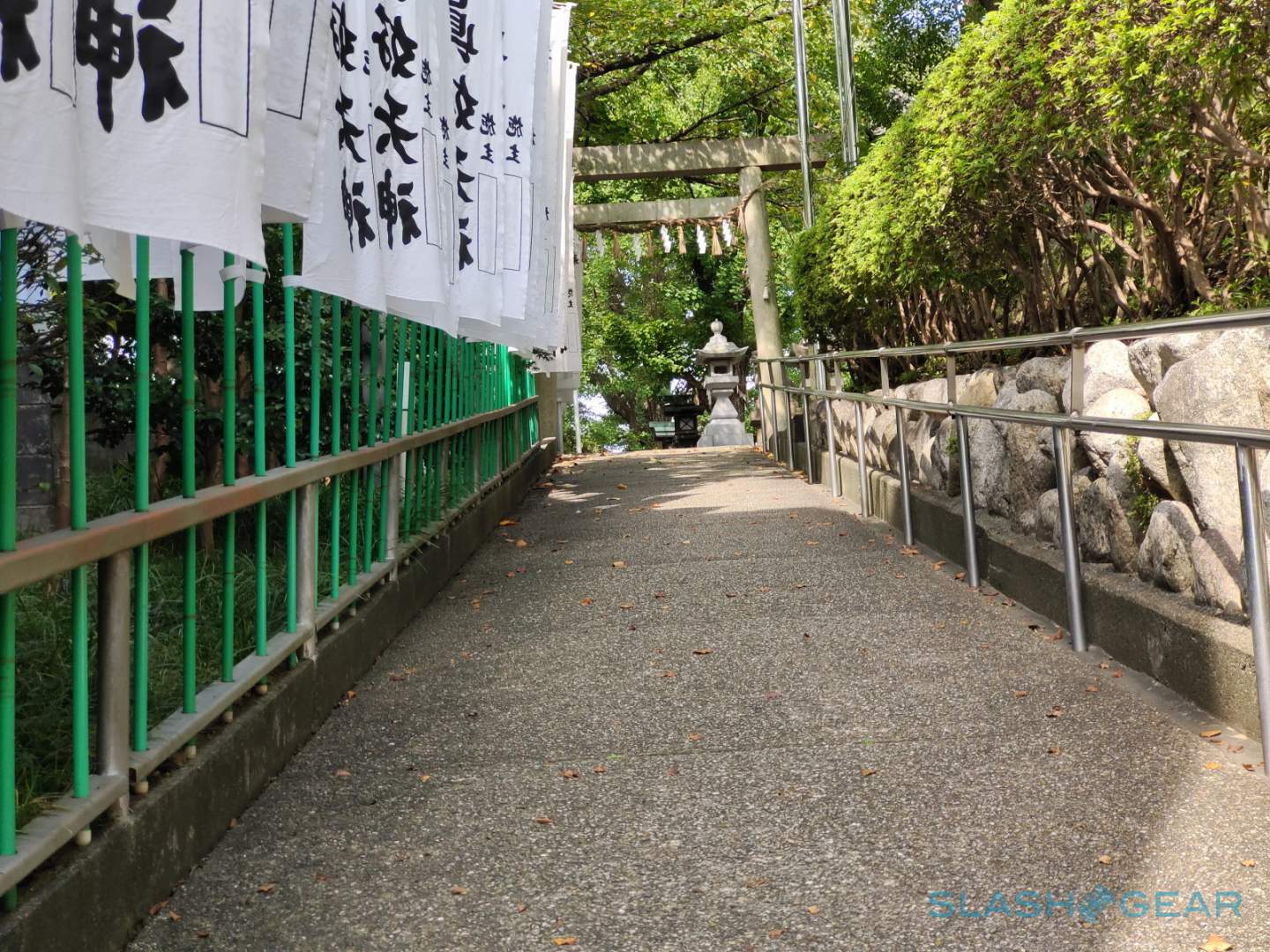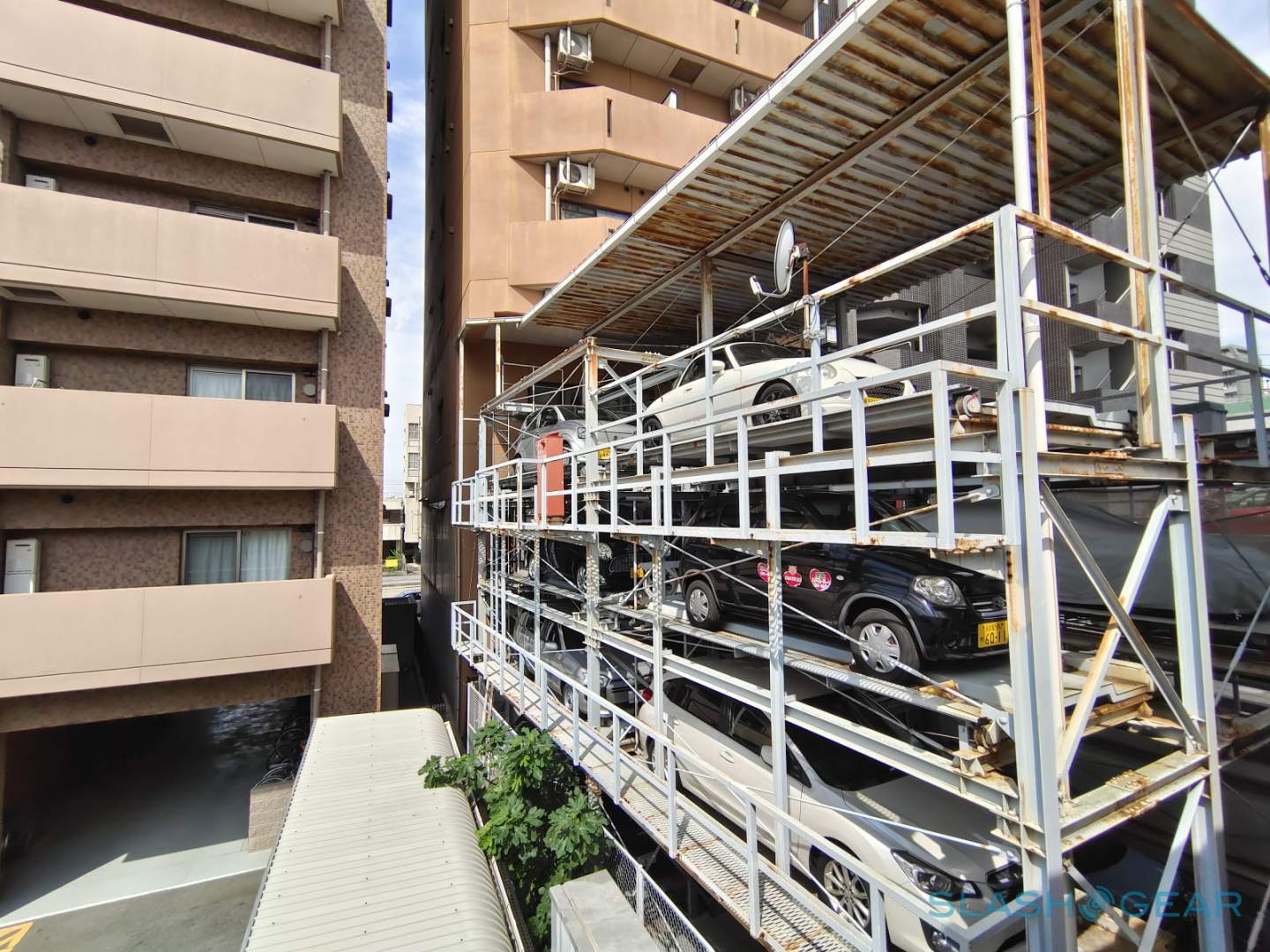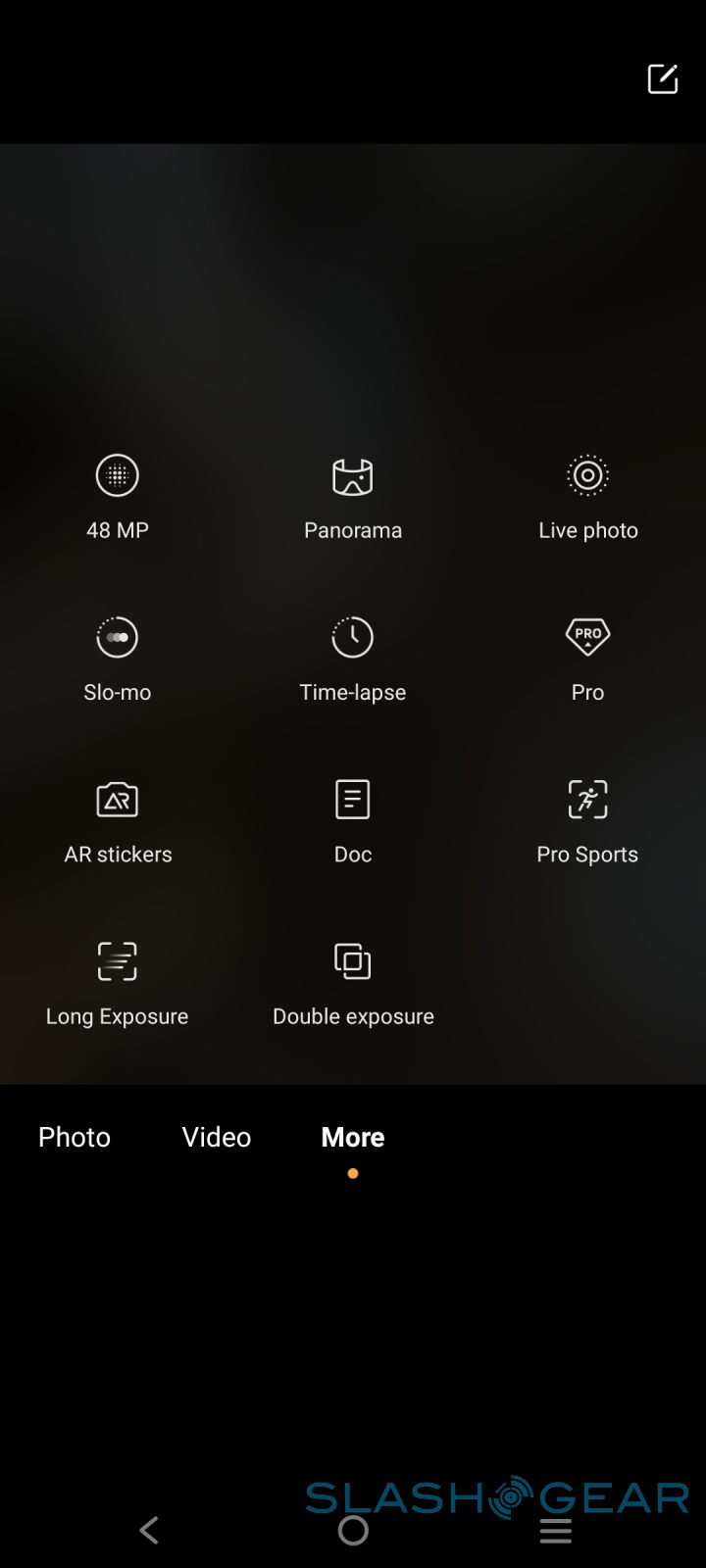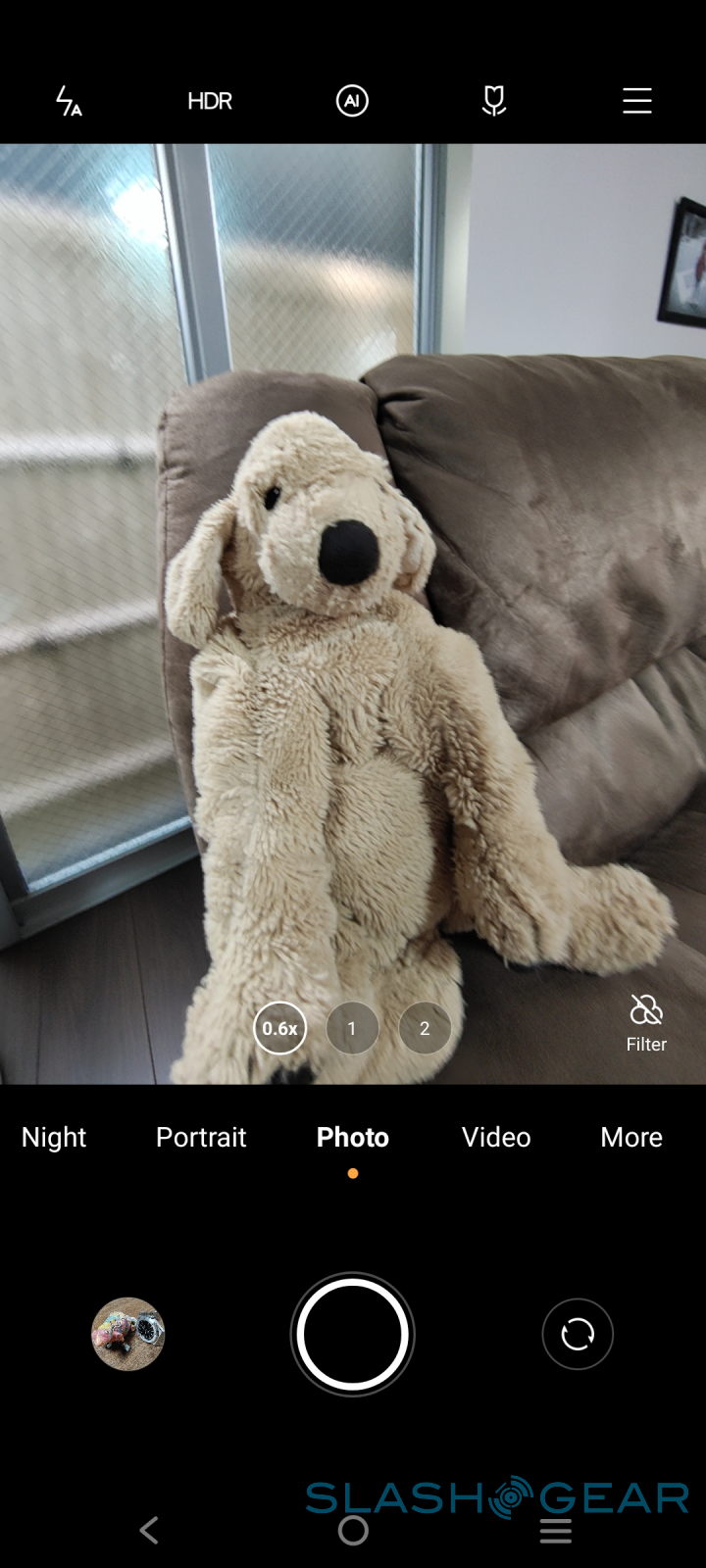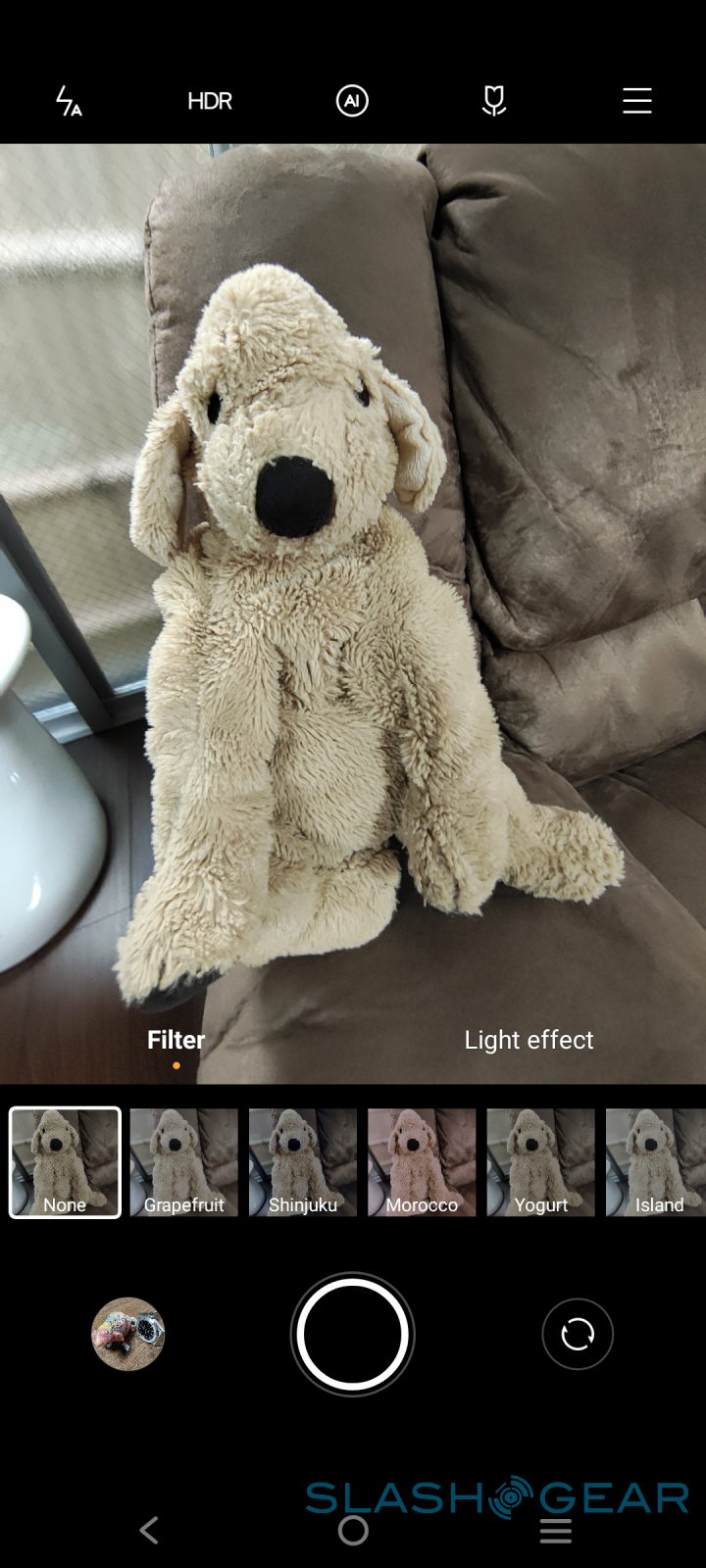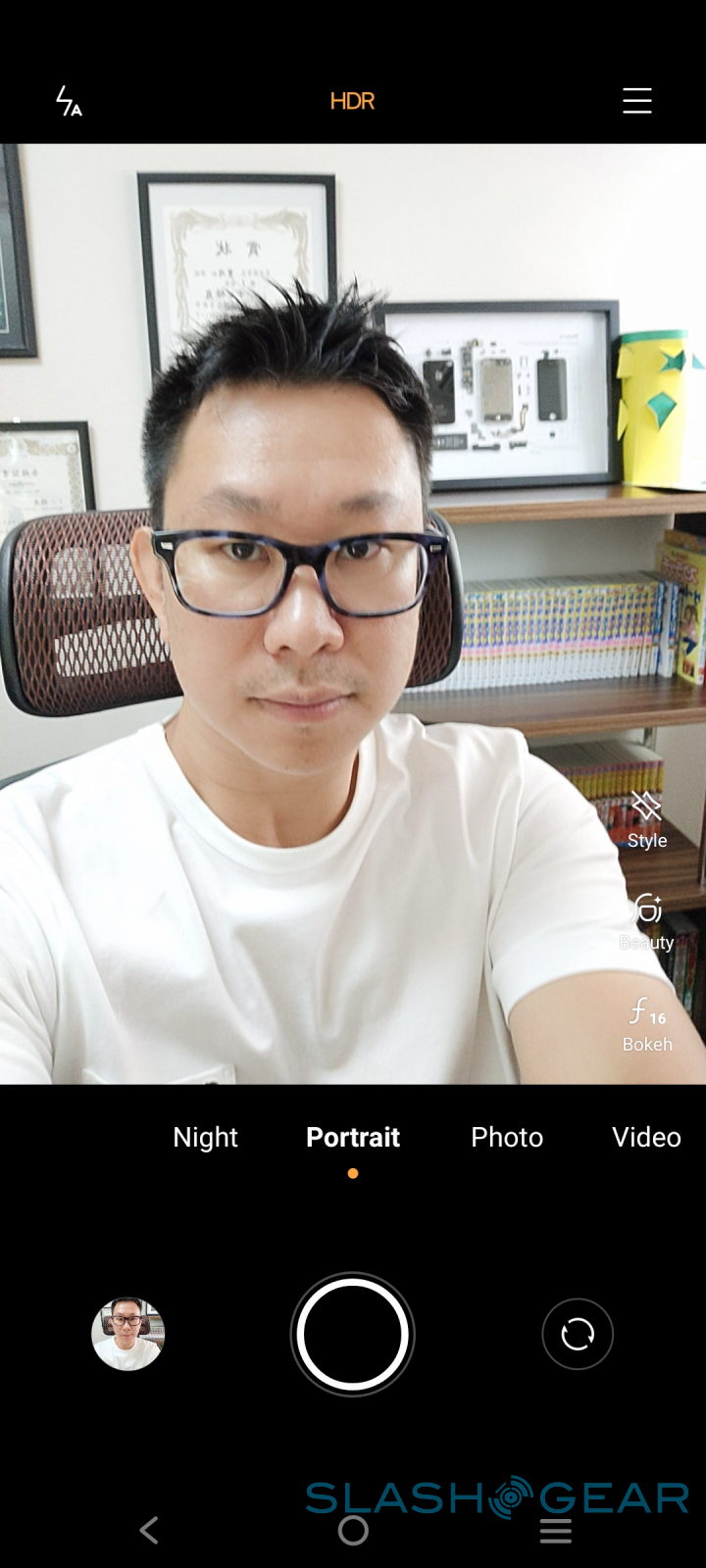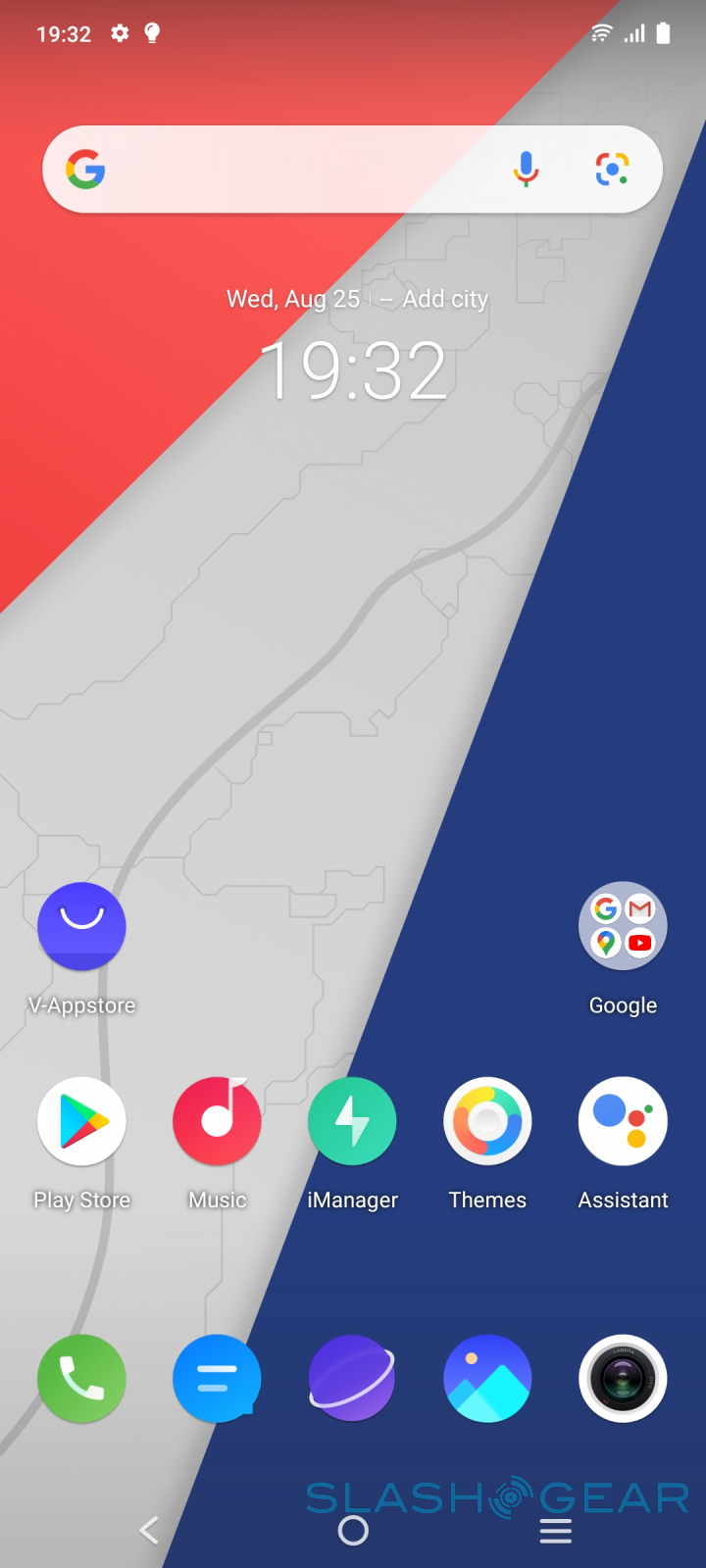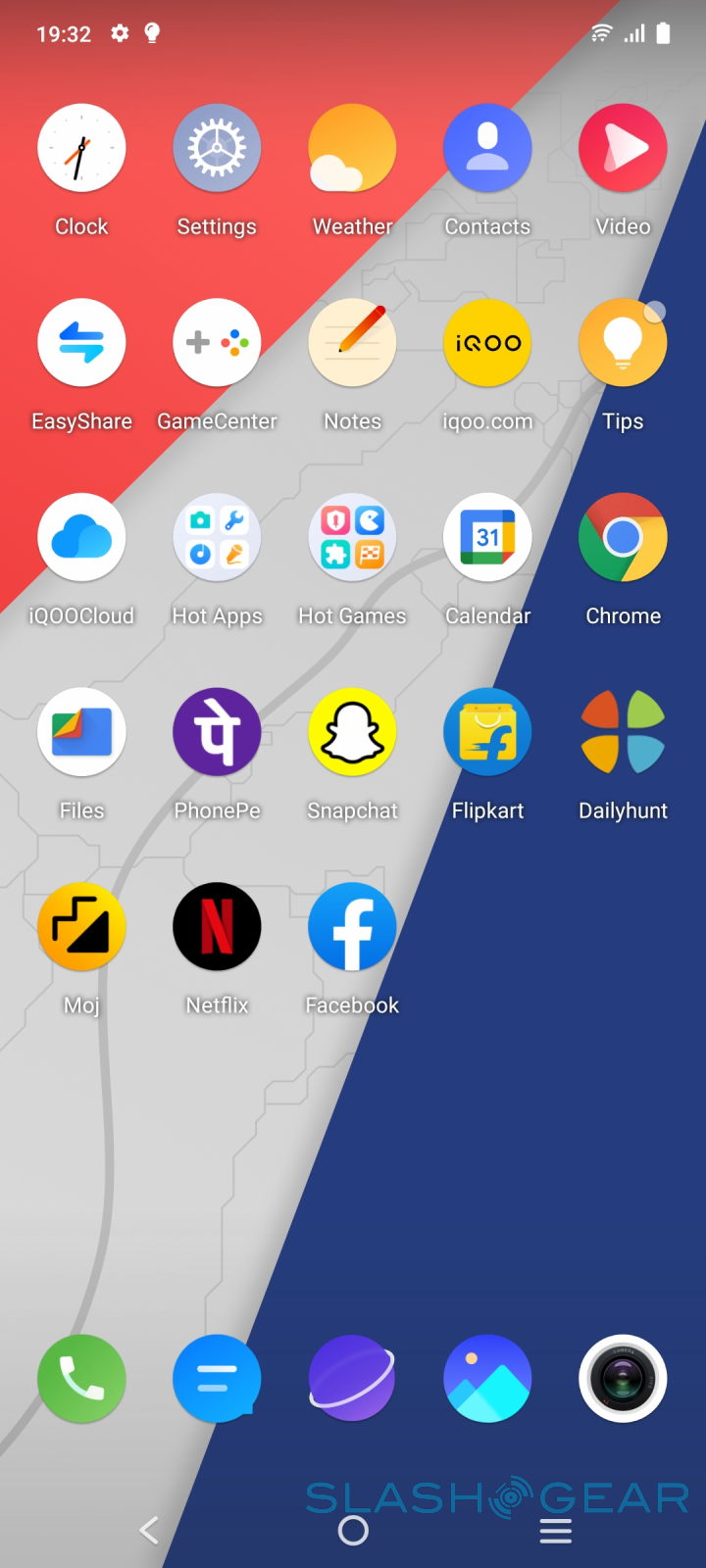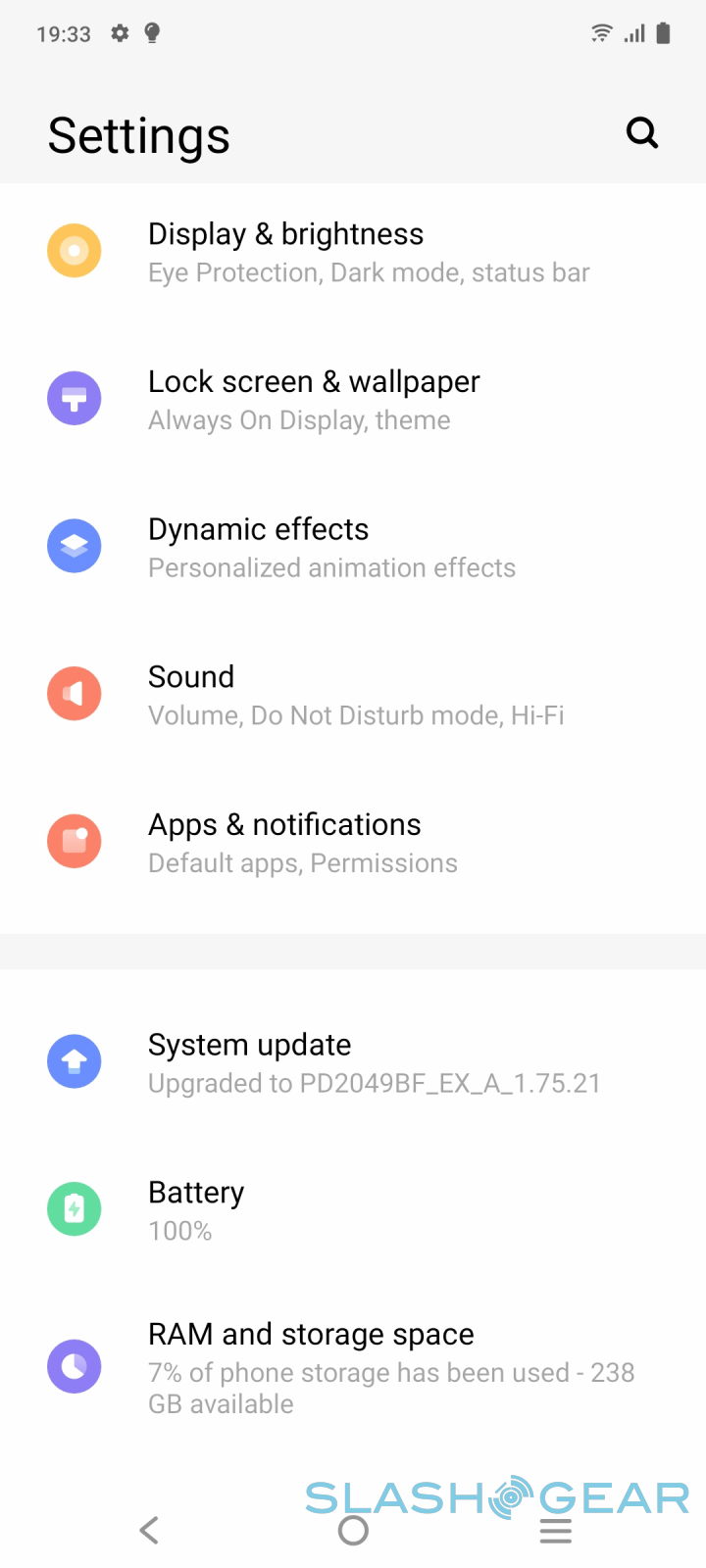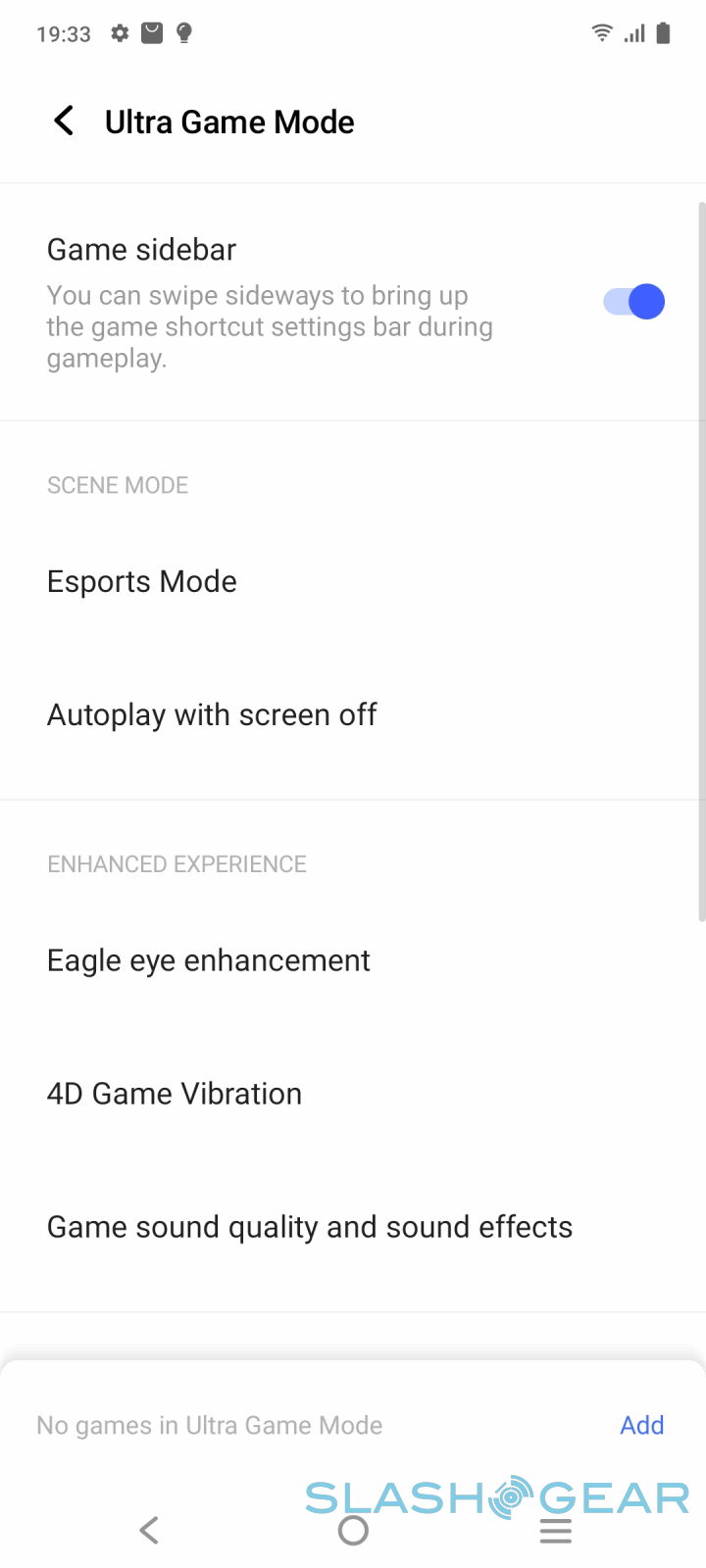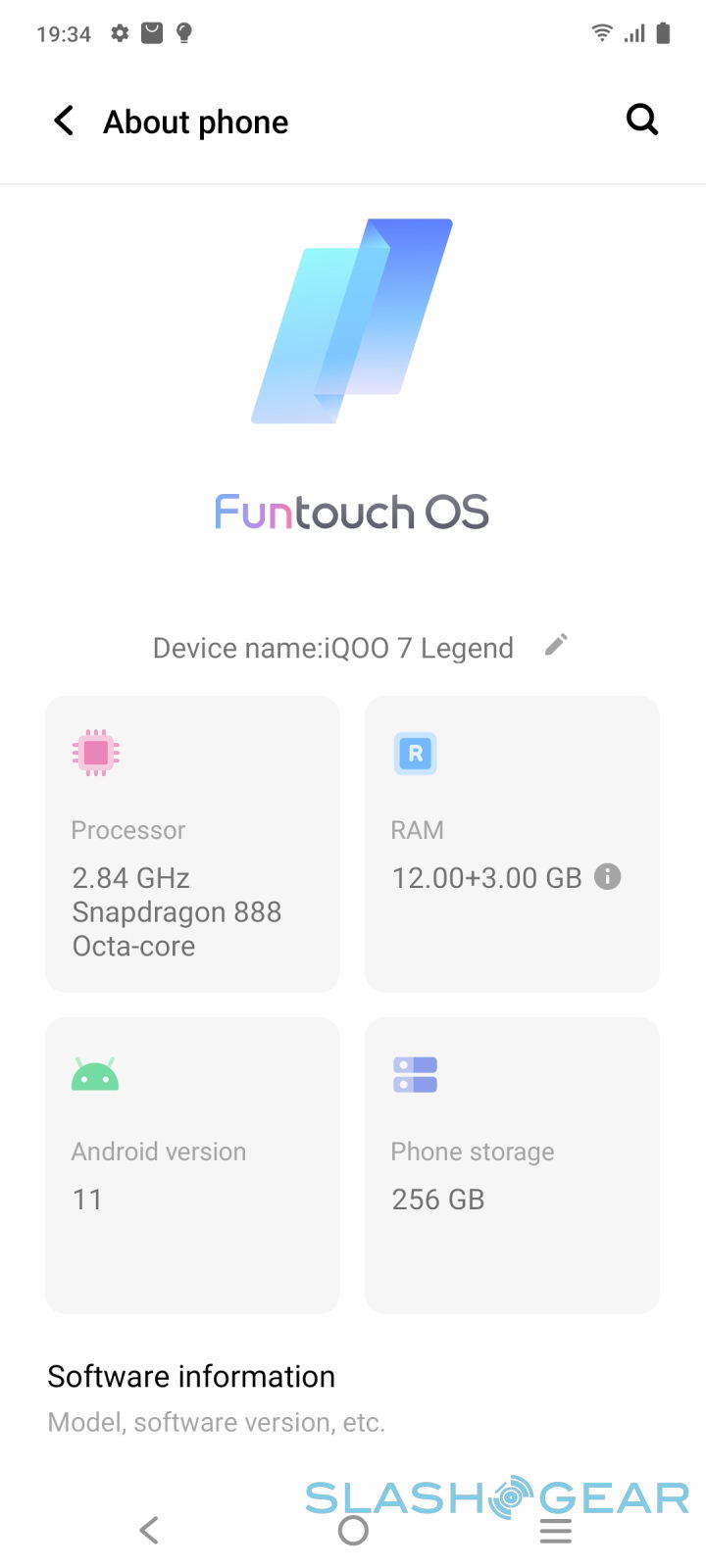Vivo iQOO 7 Legend Review
- Excellent display and gaming performance
- Innovative
- 13MP telephoto and ultra-wide cameras
- Mediocre battery for a gaming phone
- No microSD expansion
- Lots of bloatware
The big Chinese brands are making waves in the smartphone market, but not all consumers might be aware these have sub-brands catering to specific audiences. Xiaomi's Redmi has long targeted the affordable mid-range market while OPPO's realme tries to appeal to younger audiences. iQOO, by comparison, has its roots in Vivo and has been catering to mobile gamers since it launched two years ago. That objective is reflected in the latest iQOO 7 Legend, mixing performance with the aesthetic marks of a car brand best known for its sports cars.
Design and Display
Unlike most high-end smartphones and more like limited edition products, there is only one design available for the iQOO 7 Legend. It takes after the BMW M brand, best known for its high-performance cars and easily identified by the blue, purple, and red stripes running down the back of the phone. Those stripes are set against a pure white AG matte glass back that fortunately makes fingerprints invisible.
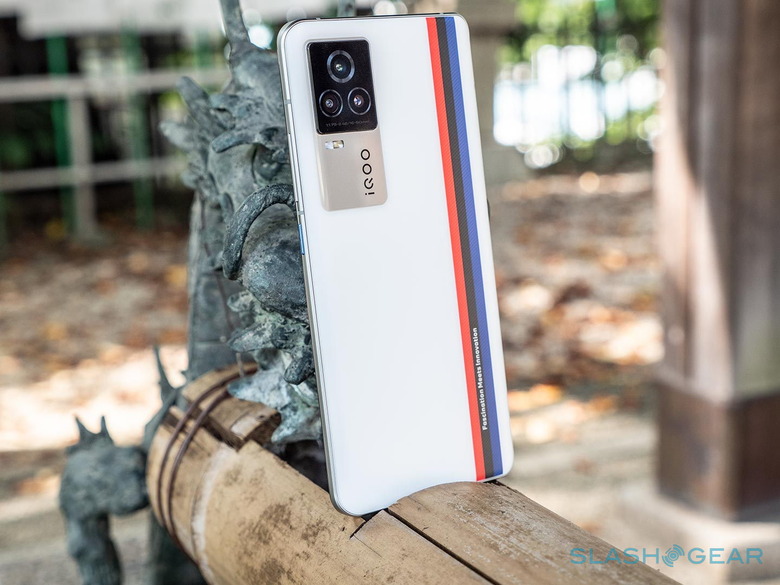
The rest of the iQOO 7 Legend also possesses some character of its own. The power button, for example, stands out with its blue color and ribbed surface, while Vivo's stepped camera bump design also makes its presence known and felt. This, along with the flat edges of the phone, tries to offer a more comfortable grip, but its 210g weight negates that benefit after long periods of use.
The phone's 6.62-inch FHD display might not be as unorthodox as its design, but it more than gets the job done. With a 120Hz refresh rate and support for HDR10+, the screen is excellent for gaming and entertainment, presuming you have games and video content that can actually take advantage of those features.
For day-to-day use, the bright and vibrant AMOLED panel plus the high refresh rate makes browsing the Web and social networks a pleasurable experience, even under bright outdoor light.
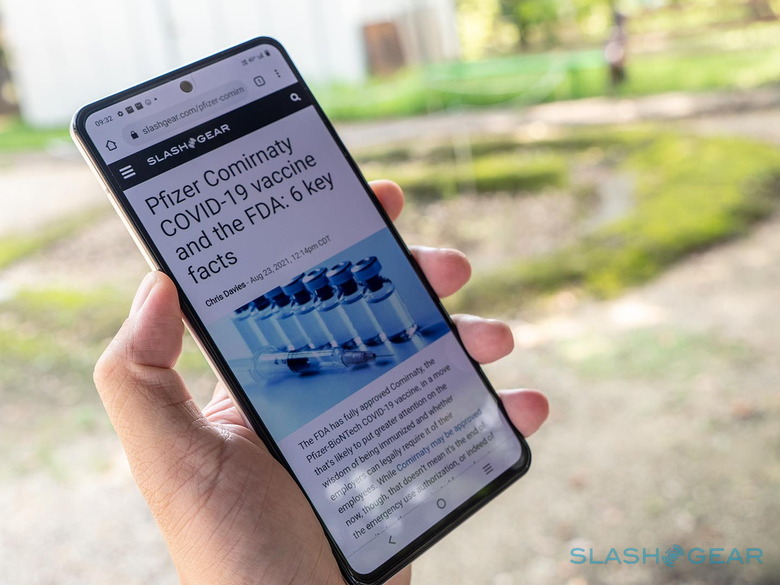
Performance and Battery
Despite its price tag, the iQOO 7 Legend doesn't skimp on the specs as befitting a phone that carries the BMW M name. You get the top-of-the-line Snapdragon 888 processor with 8 or 12 GB of RAM and 128 or 256GB of storage. Unfortunately, you're stuck with the storage capacity you buy as there is no room for a microSD card slot.
In terms of synthetic benchmarks, the phone performs as you would expect, bagging high scores against this year's top flagships. Thermal management also works as advertised, keeping the phone from getting too hot after extensive use, though it does get pretty warm after prolonged gaming or video watching.
The phone has three settings for the display refresh rate, but you'll most likely prefer to leave it in "Smart" mode to automatically switch between 120Hz and 60Hz as needed.
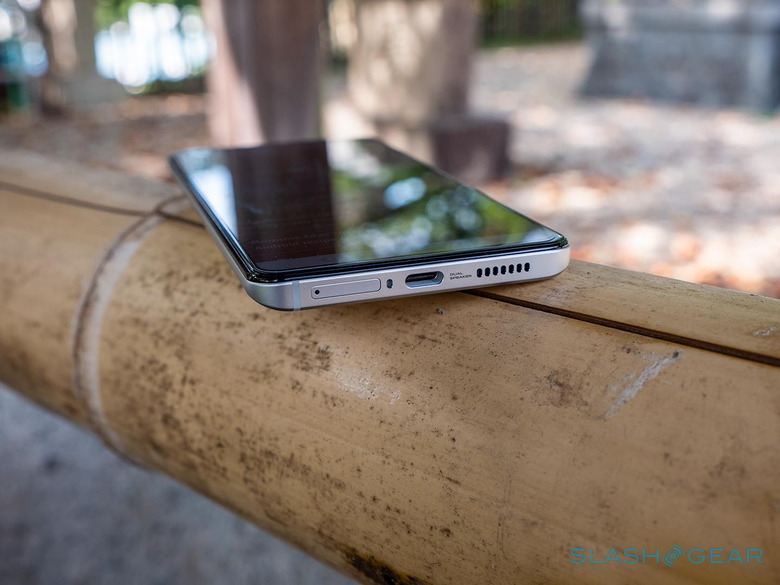
If there is one aspect that iQOO seems to have skimped on, it would be the battery life. 4,000 mAh is downright disappointing for a smartphone designed for performance and gaming. You'll barely last a day with mixed use, let alone long bouts of gaming or video binging. While it does try to compensate with 66W fast charging, it just means more downtime you could have been spending mashing those virtual buttons instead.
Cameras
Fortunately, Vivo didn't skimp on the cameras, which is actually rare for a smartphone with a heavy focus on gaming. The 48MP camera might not sound much, but it delivers excellent 12MP images with great details and accurate colors, at least in bright light. Poorly lit environments still produced usable images, though with the expected loss in detail.
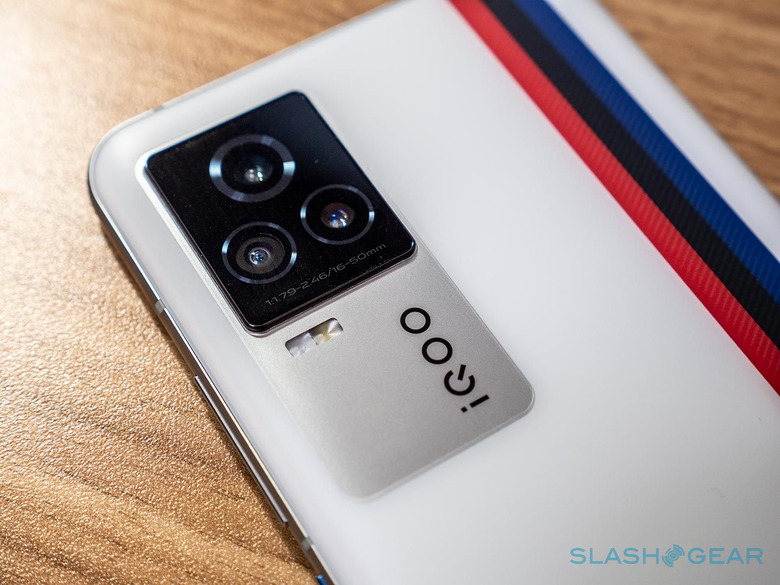
The iQOO 7 Legend also has a dedicated 13MP telephoto camera, which is again a rarity even for non-gaming smartphones. It does only have 2x optical zoom, but that still works better than relying purely on digital zoom.
Portrait mode defaults to the 2x telephoto camera, but for some reason, the algorithms don't exactly work well, resulting in some depth estimation errors and almost no blurring in the background at all.
Another photography highlight is the ultra-wide camera that has a rather large 13MP sensor, also unusual for most smartphones that default to 8MP or lower. Just like the telephoto camera, the ultra-wide-angle shooter does double duty as a macro camera.
The front camera gets an even bigger 16MP sensor, and while it does take highly detailed selfies, the bokeh simulation leaves much to be desired.
Software
The iQOO 7 Legend runs Vivo's Funtouch OS based on Android 11, so you're at least guaranteed to have the latest version currently available. It is, however, one of the more heavily customized Android experiences with a lot of extras added on top. That's clearly visible in the amount of pre-installed apps, a.k.a. bloatware, available out of the box.
Not all customizations are bad, though, like the virtual RAM feature that adds 3GB on top of our 12GB RAM model. Of course, "memory" is taken from the fixed 256GB internal storage, so you'll have to weigh the pros and cons of enabling the feature.
There's also the in-display "Monster Touch" controls, basically two pressure-sensitive areas on opposite sides of the display that can be mapped to in-game actions.
Wrap-up
Remove that distinctive BMW M branding, and the iQOO 7 Legend looks and sounds like a typical high-end smartphone advertised for mobile gamers. Context, however, is where the phone wins in a market already saturated with phones bearing nearly similar specs.
With high-end hardware and a camera set that's unusual for its kind, the Vivo iQOO 7 Legend rises above other gaming smartphones in the market. And at 39,990 INR ($550) for the base 8GB RAM, 128GB storage model (43,990 INR or $605 for the 12GB/256GB configuration), it definitely makes for a tempting high-end gaming phone in markets where it is available.

